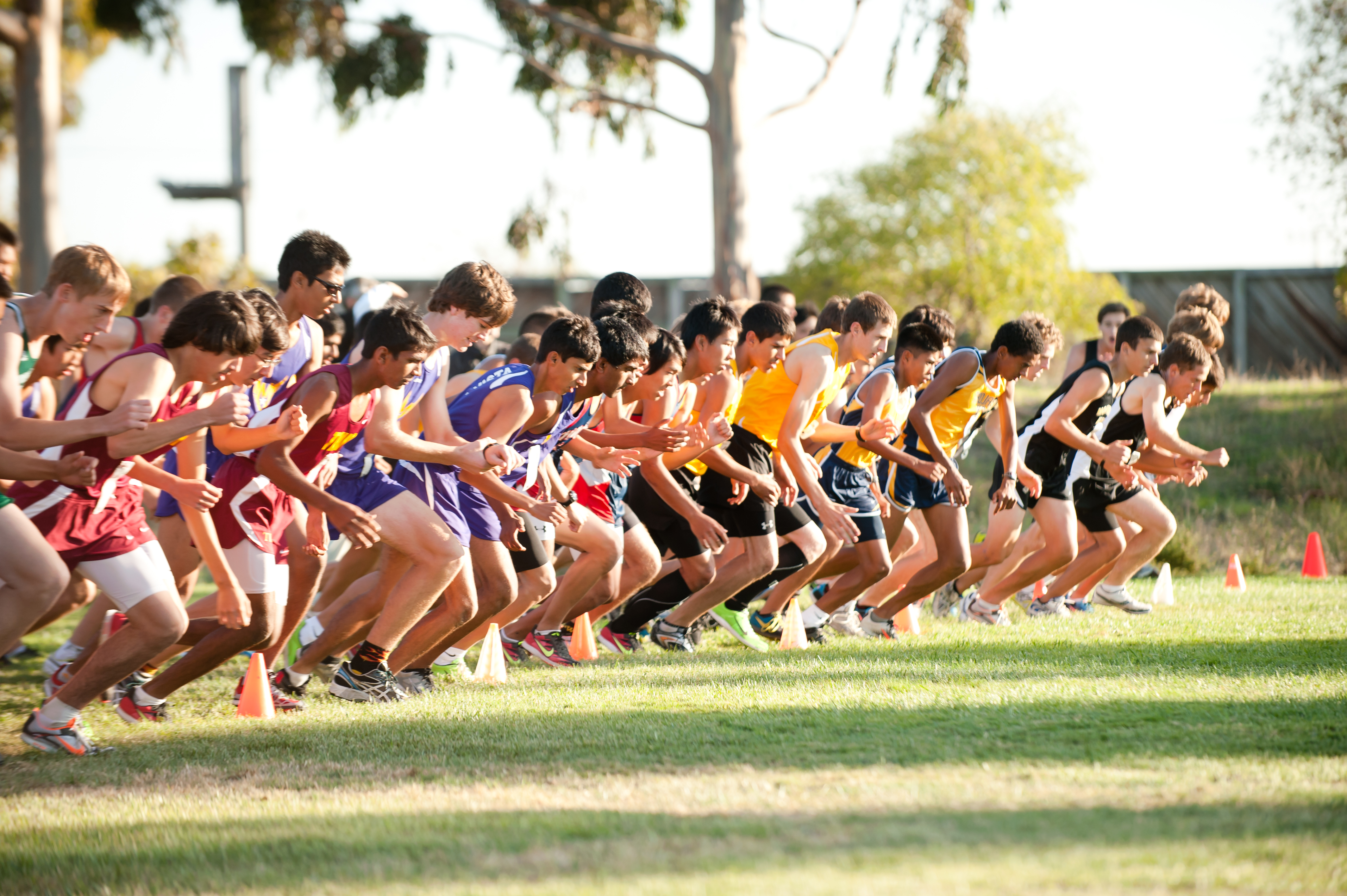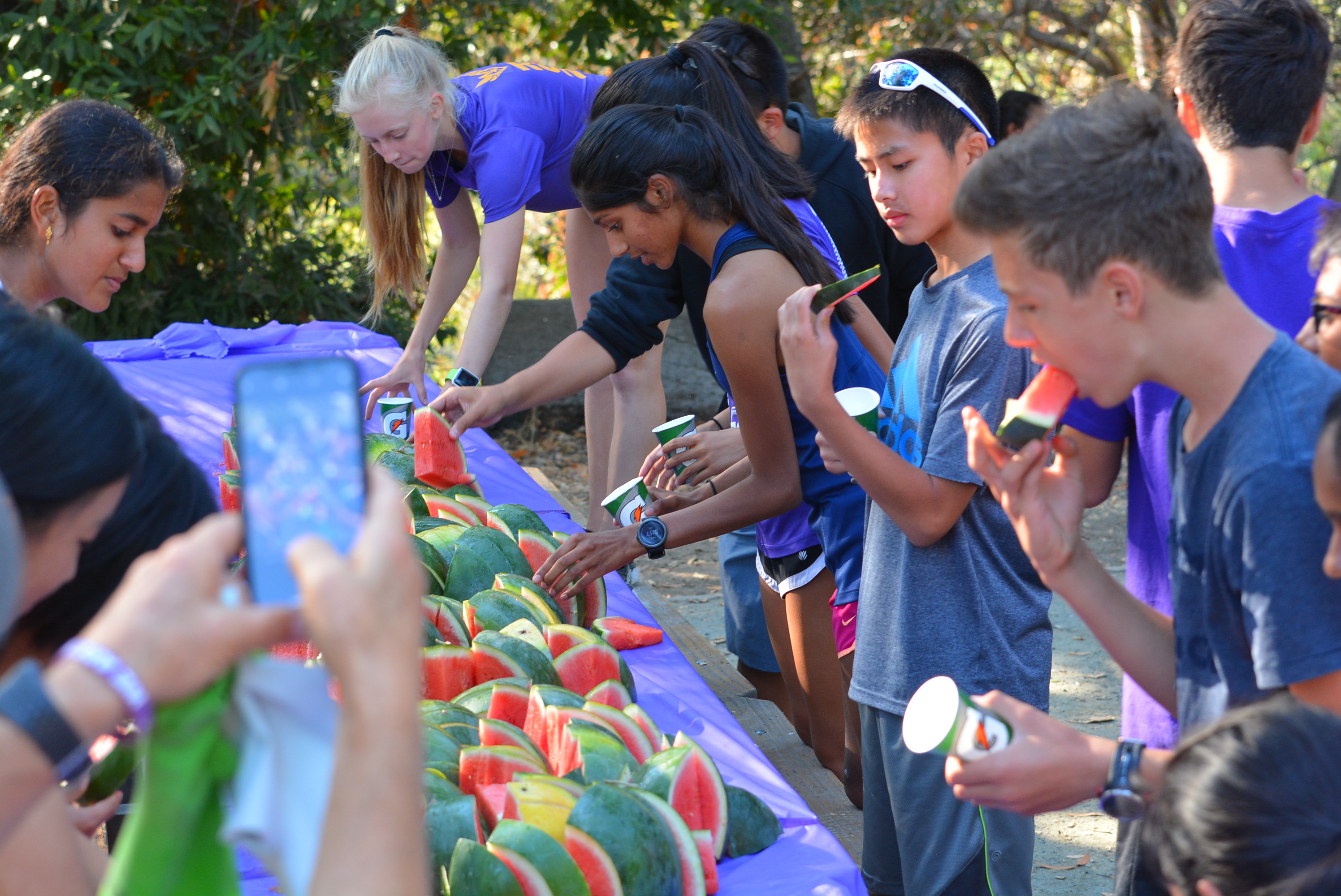Are You Feeling Stressed?
by
Coach Flatow on
Apr 13, 2020 •
2:29 am •
88 views
(Much of this post is based on an article written by Professor Ethan Kross, University of Michigan. Dr. Kross is a friend of Dr. Angela Duckworth and wrote about temporal distancing for the Character Lab.)
Are you feeling stressed about shelter-in-place, COVID-19, the school you are missing, what is going on with your track and cross training?
I feel stressed. It’s normal if you are feeling stress, too. There are lots of things that are happening that are not under our control–school closings, track seasons ending early, events we had looked forward to being cancelled. Worry, anxiety, stress are a natural and useful responses. For instance, a little anxiety leads us to practice social distancing and wash our hands thoroughly.
But too much stress can backfire on us. If we worry too much about things that we can’t control or what might happen, we might not be focus on the things we need to do today: Keeping up with our classes while distance learning, getting in our track workouts, taking care of our relationships–friends, family and teammates. Over time, the worry and stress can impact our health, our athletic performance, our academic performance.
So, how do we manage our stress level during the time of the coronavirus? How to we acknowledge the stress that comes with living with all the changes in our lives, while still being active and productive?
Dr. Kross suggests trying a research-based technique called temporal distancing. Temporal distancing involves imagining how you’ll feel about a negative experience in the future—months or years from now.
You might be thinking to yourself, “How am I going to get over missing prom and Azusa MOC and college visits? How am I going to survive barely leaving my house weeks on end?”
Temporal distancing can put things in perspective. Dr Kross says, “One day, I’ll be telling my grandchildren about the pandemic of 2020. I’ll describe what it was like for kids to do distance learning and families to be together 24/7. I’ll explain how I was worried about so many things. And then I’ll talk about how we made it through.”
A New York Times writer I like just put up a podcast about a phone call she had with one of her writing professors at Syracuse. The the podcast, the professor talked about telling his students (who are all distance-learning to document what is happening to you, record it, write it down–because years from now, you are going to want to write about this pandemic and this time. As I listened to the podcast, I thought that the Syracuse professor was encouraging his students to try temporal distancing–in the future, you are going to write about this.

Thinking about the coronavirus in the future tense doesn’t diminish the urgency of the current situation. But imagining what the future will hold highlights the fact that what we’re going through is temporary. Thinking about the future builds hope and keeps extreme stress and anxiety at bay.
What we are going through now, the pandemic and the quarantine we are using to fight the pandemic, is hard and scary. But we can use temporal distancing–our thoughts about the future–to remind us of the bigger picture…we will get through this, and we are going to have a bright future, together.
Spend a little time to day thinking about what we will be doing a year from now. Imagine being back out on the track with your teammates and coaches, or being in college somewhere talking about what we were doing a year ago. See if that makes you feel a little better and ready to face the day!




